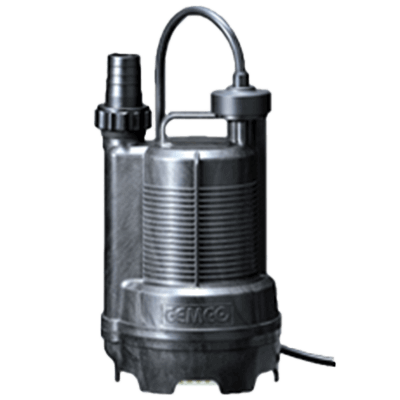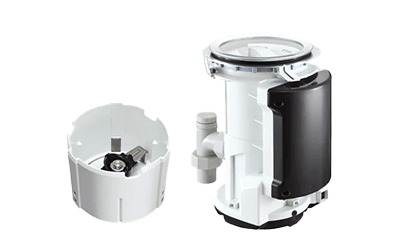What Is Water Purification Equipment?
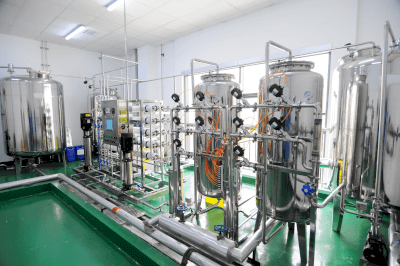
Water purification equipment are devices used to provide safe drinking and living water in environments without a water supply system.
When river water or lake water is fed into water purification equipment, activated carbon, filters, and chlorine are used to remove pollution and sterilize microorganisms, thereby purifying the water to a drinkable level.
Home water purification equipment is also a type of water purification equipment in the broad sense of the term. Although it is equipped with the same filtering and filtration functions, its purpose is to remove residual chlorine from tap water rather than pollution, to improve drinkability, and to reduce irritation to the skin.
Uses of Water Purification Equipment
Water purification equipment is used in areas where there is no water supply, or where water supply is not available due to a disaster. It is also used where drinking or domestic water is temporarily needed, such as at work sites or event sites. While freshwater serves as the primary water source, some equipment is capable of desalinating seawater.
In addition, while ordinary water purification equipment may not be able to remove microscopic substances such as viruses, products using reverse osmosis membranes can remove finer components. Although initially developed for water circulation in a closed environment such as a spaceship, they are now universally used.
Features of Water Purification Equipment
Water purification equipment removes impurities from raw water by applying principles such as adsorption, precipitation, and reverse osmosis.
A coagulant is first added to the raw water introduced into the device, and relatively large substances are removed by precipitation by gravity. The treated water is subsequently physically filtered by passing it through a sand filter and then disinfected by adding substances like hypochlorous acid. Some products have a process in which, after filtering and chlorination, the water is passed through an activated carbon filter to remove the previously added chlorine and other toxic substances.
After undergoing processes like sedimentation, filtration, and disinfection, the treated water is suitable for drinking and domestic use. For even higher purity, reverse osmosis membranes made of materials such as cellulose acetate or polyamide are utilized. These membranes selectively permit water to pass through under pressure.
Reverse osmosis membranes are capable of removing all substances and producing water of high purity. Because reverse osmosis membranes are prone to clogging, the cross-flow method is used to concentrate the treated water by allowing water to flow in a certain direction and permeate the membrane perpendicular to the flow.
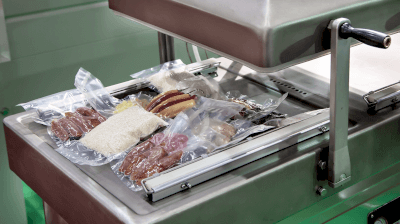
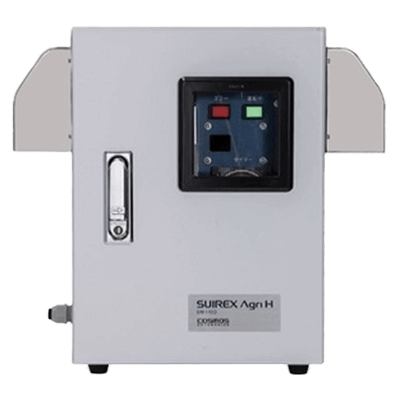 A hydrogen generator is a device that produces hydrogen from water, using a process called electrolysis.
A hydrogen generator is a device that produces hydrogen from water, using a process called electrolysis.